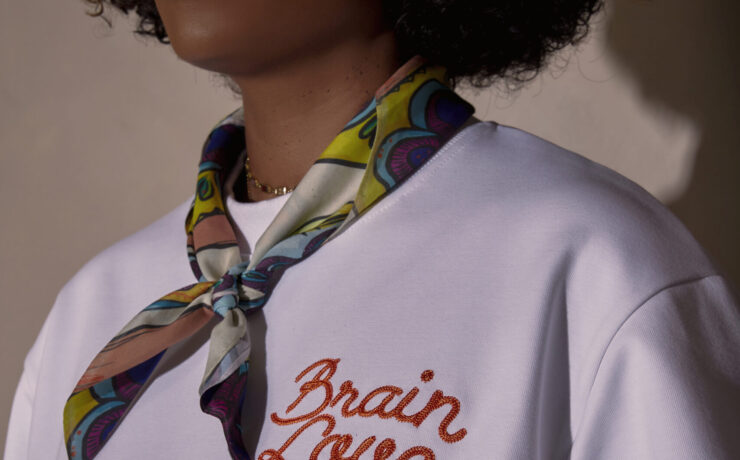Fashion is an ever-evolving landscape that reflects both seasonal changes and cultural shifts. At its core, it is divided into four distinct seasons: Spring/Summer, Autumn/Winter, Resort, and Pre-Fall. Understanding these seasons is essential for anyone looking to navigate the complexities of style and consumer demand effectively.
Each of these seasons showcases unique characteristics in terms of design, color palette, and fabric choices. By grasping these nuances, individuals can create a wardrobe that not only aligns with personal tastes but also remains in sync with the latest trends.
The two most critical fashion seasons are Spring/Summer and Autumn/Winter. These seasons are the focus of major fashion weeks in prominent cities like New York, Paris, Milan, and London. The Spring/Summer collections typically span from late February to August, featuring lighter fabrics and an array of vibrant pastels and florals that signify renewal and warmth.
Fashion shows during this time set the stage for trends in the coming year, offering a sneak peek into the styles consumers can expect to see in stores. Spring/Summer is all about embracing the outdoors with pieces that are breezy and comfortable, designed to cater to warmer temperatures and festive summer activities.
On the other hand, Autumn/Winter extends from September to February, focusing on heavier fabrics and a generally darker color palette that suits the colder months. This season includes not just stylish coats and knits but also functional footwear designed for various weather conditions.
To give you a glimpse of the current trends, here’s an image showcasing one of the latest pop-up events related to fashion, demonstrating how the industry engages with consumers in dynamic settings.

Image: Source RETAILBOSS
The Resort season exists as a transitional phase, typically catering to affluent consumers preparing for winter vacations. These collections, released between November and January, are designed for leisure, travel, and warmer climates, comprising lightweight and versatile pieces suitable for various occasions. This innovative approach provides a bridge between the demands of the colder months and the onset of spring.
Pre-Fall serves a similar role as Resort, spanning from June to August. It focuses on styles that accommodate the shifting weather as summer begins its transition to fall. Pre-Fall designs often feature layering options and versatile fabrics, appealing to consumers who seek fresh styles as daylight lessens.
The timing of these collections is crucial; for instance, retailers begin showcasing Spring collections as early as January. This strategy caters especially to those in warmer climates or those looking to escape winter. Conversely, Fall styles start appearing around July, perfectly timed for back-to-school shopping and holiday sales.
Here’s an image reflecting the varied designs that are now making waves across the retail landscape, indicating the industry’s adaptation to consumer preferences.

Image: Source RETAILBOSS
Recent trends show a significant shift towards “seasonless” fashion, whereby collections are designed to last and not be confined to a specific timeframe. This approach is driven by both sustainability developments and changing consumer lifestyles, leading to garments that can be worn year-round.
This blurring of seasonal lines allows greater experimentation in fashion design, exemplifying the need for a balanced blend of classic and contemporary styles. Designers are increasingly showcasing items that defy traditional seasonal boundaries, such as summer jackets and winter shorts, resulting in a more eclectic and versatile wardrobe.
Here’s another example of an innovative launch that reflects the merging of functionality with seasonal trends in fashion.

Image: Source RETAILBOSS
Ultimately, understanding fashion seasons is vital for anyone in the retail space, whether you are a designer, retailer, or consumer. By being aware of these trends, it’s possible to make informed decisions about what to wear and what to sell, ensuring you remain stylish and relevant regardless of the season.
As the fashion industry continues to evolve, keeping abreast of seasonal trends will remain essential in helping consumers make intelligent purchases and retailers stock wisely. In this fast-paced world, the blend of innovation with tradition paves the way for a sustainable and fashionable future.